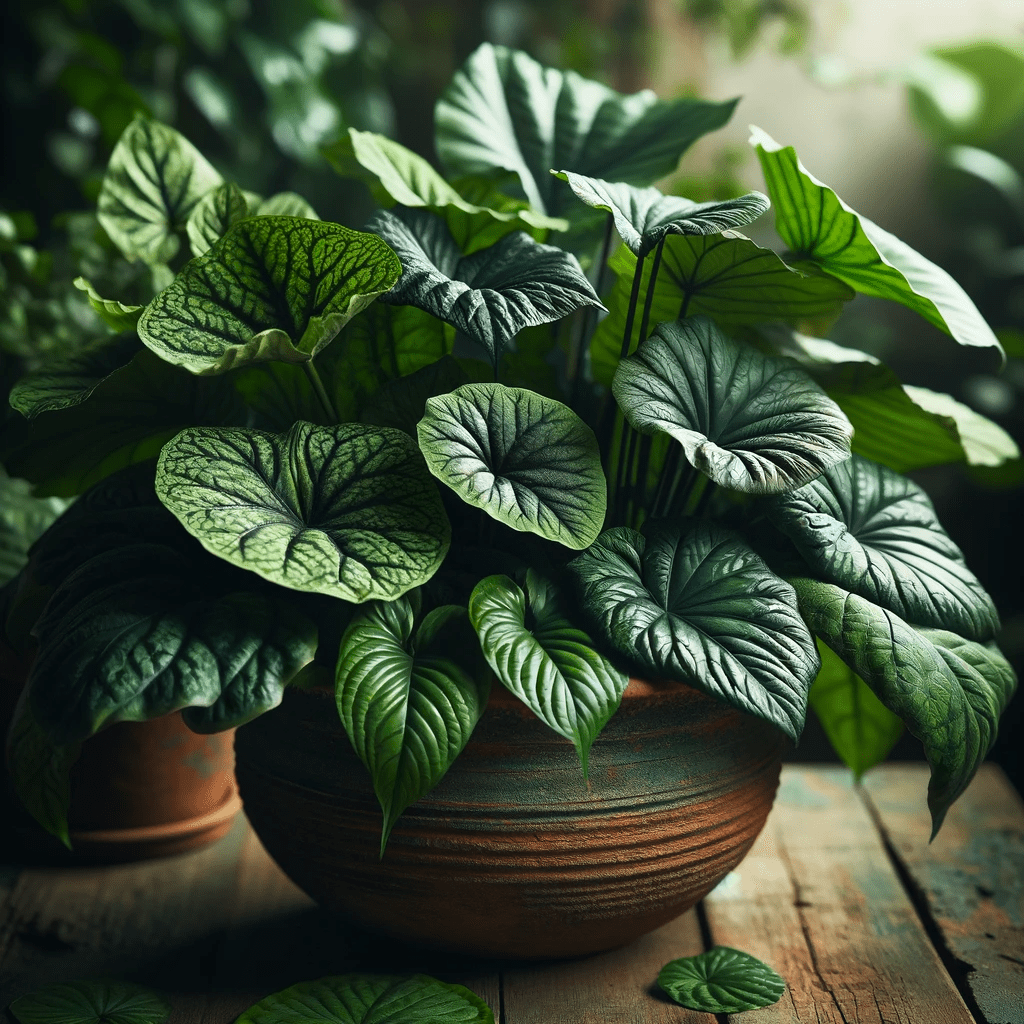Leaves in pot at Home
In the realm of home gardening and interior decoration, the inclusion of potted plants brings a refreshing and vibrant touch to living spaces. However, one of the lesser-discussed aspects of indoor plant care is the maintenance of leaves, which are crucial for the health and aesthetic appeal of the plant. This comprehensive guide aims to explore various strategies to keep leaves in pot healthy and vibrant at home.
Understanding the Importance of Healthy Leaves
Before delving into care techniques, it’s essential to understand why leaf health is critical. Leaves are the primary site of photosynthesis, the process by which plants convert light into energy. Healthy leaves ensure efficient energy production, which is vital for the growth and well-being of the plant.
Selecting the Right Pot and Soil
Pot Selection
The journey to maintaining healthy leaves starts with choosing the right pot. Ensure the pot has adequate drainage to prevent waterlogging, which can lead to root rot and subsequently affect leaf health.
Soil Quality
Opt for high-quality potting soil that provides proper nutrients and has good water retention and drainage properties. Soil specific to the plant type can also make a significant difference.
Appropriate Watering Techniques
Over-watering or under-watering can both be detrimental to leaf health.
Watering Schedule
Understand the watering needs of your plant. Some plants require consistently moist soil, whereas others thrive in slightly dryer conditions.
Monitoring Moisture
Check the soil moisture before watering. You can use a finger test (inserting a finger into the soil) to gauge the moisture level.
Water Quality
Use room-temperature water, and if possible, rainwater or distilled water, as some plants can be sensitive to chemicals in tap water.
Ensuring Adequate Light
Light is a critical factor in leaf health.
Natural Light
Place your plant in a location where it can receive the appropriate amount of natural light. Some plants require direct sunlight, while others need diffused light.
Artificial Lighting
If natural light is insufficient, consider using grow lights that provide the necessary spectrum of light for photosynthesis.
Temperature and Humidity Control
Most houseplants prefer a stable environment.
Temperature
Keep the temperature consistent. Extreme fluctuations can stress the plant, affecting leaf health.
Humidity
Many plants, especially tropical varieties, thrive in higher humidity. Consider using a humidifier or placing a water tray near the plant to increase humidity.
Regular Feeding and Fertilization
Plants need nutrients to maintain healthy leaves.
Fertilizer
Use a suitable fertilizer for your plant type. Over-fertilization can burn the leaves, so follow the recommended dosage.
Feeding Schedule
Feed during the growing season (spring and summer) and reduce feeding in the dormant season (fall and winter).
Pruning and Cleaning
Pruning and cleaning are essential for maintaining healthy leaves.
Pruning
Regularly prune dead or yellowing leaves to encourage new growth and improve air circulation.
Cleaning
Gently wipe leaves with a damp cloth to remove dust and improve photosynthesis efficiency.
Pest and Disease Management
Pests and diseases can significantly affect leaf health.
Regular Checks
Inspect your plants regularly for signs of pests or diseases.
Natural Remedies
Use natural remedies like neem oil or insecticidal soap to manage infestations.
Understanding Specific Plant Needs
Each plant species has unique requirements.
Research
Understand the specific needs of your plant species regarding soil type, watering, light, temperature, and humidity.
Observe Changes
Be attentive to changes in leaf color or texture, as these can be indicators of care issues.
Tips for Specific Types of Leaves
Fleshy Leaves (Succulents)
Avoid waterlogging and provide ample light.
Broad Leaves (Tropical Plants)
Maintain higher humidity and regular cleaning.
Thin Leaves (Ferns)
Ensure consistent moisture and indirect light.
Conclusion
Keeping leaves healthy in potted plants at home is a combination of proper care, understanding the specific needs of your plant, and being attentive to changes. By ensuring the right balance of soil quality, watering, light, temperature, humidity, and nutrition, you can maintain vibrant and healthy leaves that not only enhance the beauty of your home but also contribute to the overall health of your plants. Remember, each plant is unique, and what works for one may not work for another. Happy gardening!






